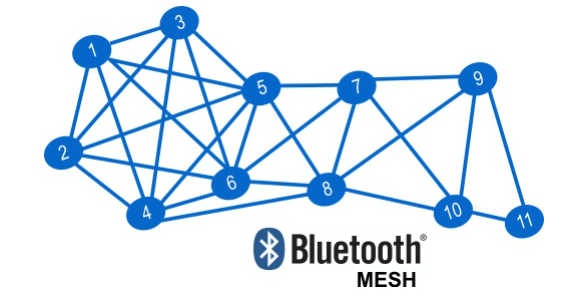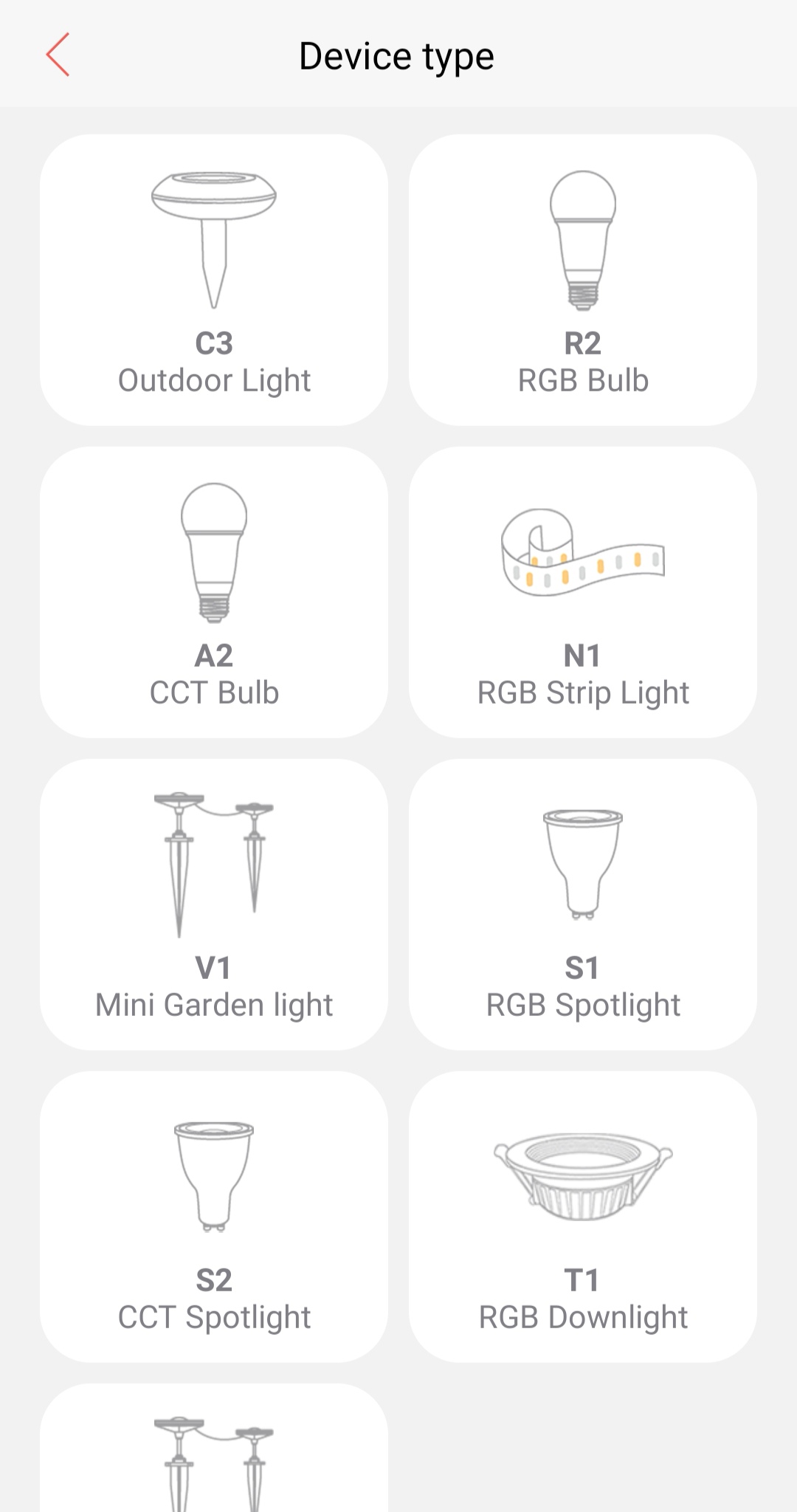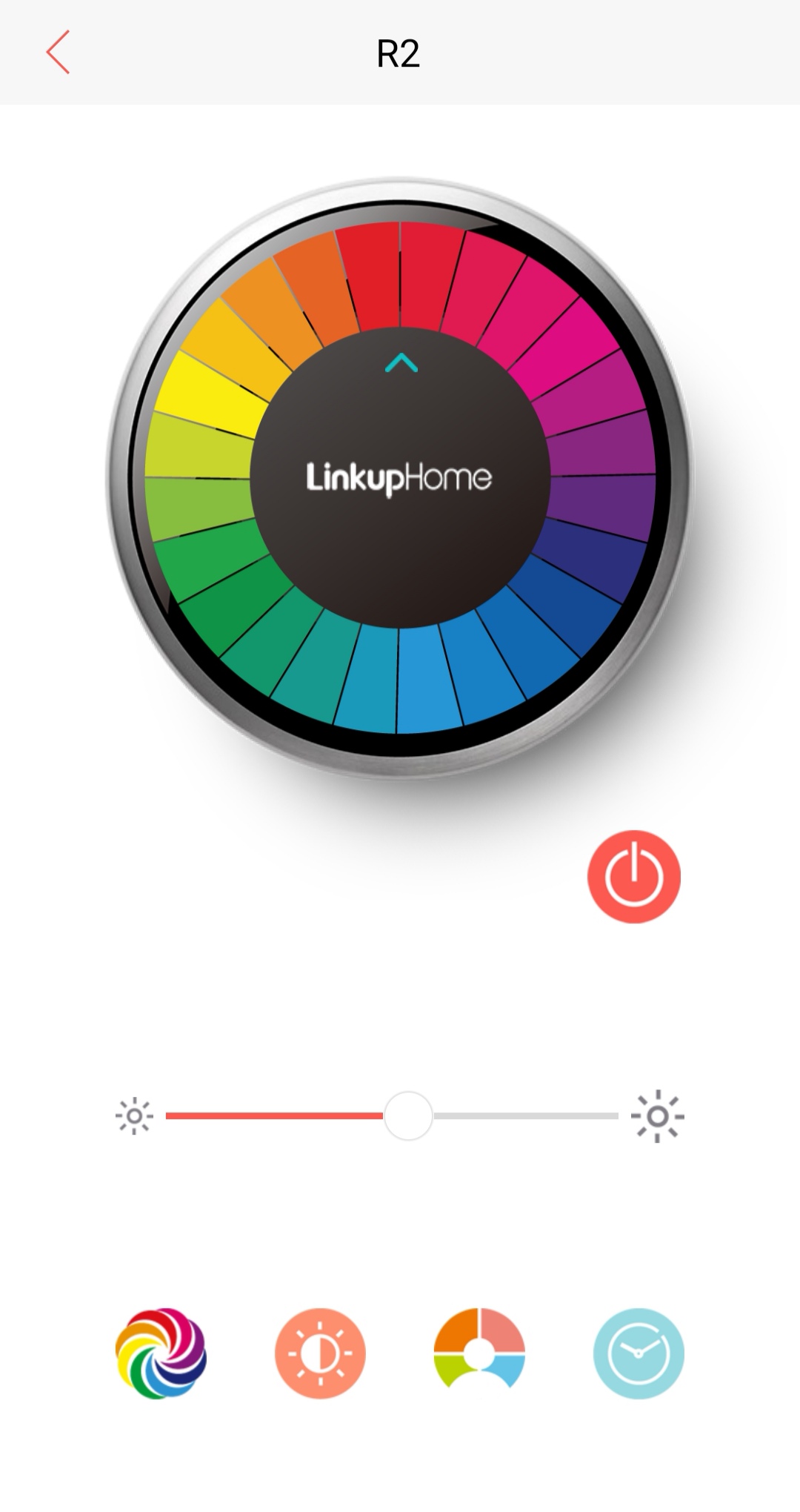In recent years, the market for high-brightness light-emitting diodes (HB- LEDs ) has grown rapidly, and LED performance (efficacy, in lumens per watt or lm/W) has more than doubled, making it more suitable for many new applications, such as our handheld flashlights. Many revolutionary new products can be found in applications such as architectural lighting and street lighting. But LEDs are still facing challenges when they are more cost-effective than incandescent and compact fluorescent lamps. In fact, for many applications, the challenge of powering HB-LEDs based on a wide input voltage range is involved. This is especially true for general lighting applications such as track lighting, which use a 12 Vac or 12 Vdc power supply that can be loosely regulated. However, LEDs need to be driven by a current source rather than a voltage source because the forward voltage (rated 3.4 V) of the HB-LED may vary by more than ±20% depending on process tolerances and temperature.
In addition, in terms of the current lumens of a 1 W warm white power LED, typically 3 to 4 LEDs are required to replace the light output of a 20 W incandescent lamp. To achieve predictable and matched brightness and chromaticity, it is also necessary to drive the LED at a constant current. From a architectural point of view, the buck-boost topology meets this requirement, but it is not as common as a standard buck or boost topology. But with a thorough understanding, the buck-boost topology can also provide numerous advantages for cost-effective HB-LED lighting applications where the input voltage (Vin) overlaps the forward voltage (Vf).
Reference design overview
This reference design document describes the carefully constructed and tested GreenPoint 1 W to 5 W LED driver solution for MR16 LED replacement applications. This reference design circuit is suitable for driving HB-LEDs in a variety of lighting applications, but is sized and configured for MR16 LED replacement applications. This type of configuration is common in 12 Vac/12 Vdc rail lighting applications, automotive applications, low voltage AC landscape lighting applications, and work lighting applications such as cabinet lights and desk lamps that may be powered by standard off-the-shelf AC voltage wall adapters.
A key consideration in this reference design is the flat current stabilization across the input line variation and output voltage variation at 12 Vac input. This reference design circuit is based on ON Semiconductor's NCP3065 and operates at approximately 150 kHz in a non-isolated configuration. The NCP3065 is a monolithic switching regulator that supports a 12 Vdc or 12 Vac power input and is designed to provide constant current to the HB-LED. In addition to the NCP3065, this reference design incorporates an automatic detection circuit. The functional block diagram of this reference design is shown in Figure 1.
Figure 1: Block diagram of the GreenPoint reference design for 1 W to 5 W LED drivers from ON Semiconductor for MR16 LED replacement applications.
Basic power topology
The principle of a buck-boost converter is very simple. In the on state, the input voltage source is directly connected to the inductor (L), accumulating energy in the inductor. At this stage, capacitor C supplies energy to the output load. When off, the inductor is connected to the output load and capacitor through the output diode to transfer energy to the load.
Note that this is an inverting output with a negative output connected to the anode of the LED and a positive output connected to the cathode of the LED. In addition, when measuring with an oscilloscope probe, the ground of the probe is not grounded. The oscilloscope filter will need to be floated (remove the ground connection from the AC wall power supply), otherwise the ground loop/short circuit will cause the device to shut down.

protocol
The advantages of Bluetooth Mesh are fast connect, low power consumption, no password required and Ad-Hoc Network. No need WIFI and hubs, as long as you have a Bluetooth-enabled smart phone, you can experience the smart light. When you install several smart strip lights, the self-organizing network function can make the signals free connect, break the limitation of distance.
Introduction
Strip light with both RGB colorful light and warm light, the length of the strip light is 2 meters, 60pcs LED lamp beads inside are high-quality and energy-saving , the light source is stable without strobe. The installation is very simple, just need to peel off the 3M glue on the back, you can paste and decorate any place.

Control Way-APP
With App control, the light color, brightness, scene mode of strip light can be free changed, with the timing function, users can make the light turn on and turn off the strip light freely. The App are developed on the most advanced Bluetooth Mesh technology. [LinkupHome" App can be downloaded in the App store or Google Player, then you can control our product without any complicatedd steps. The App is stable, easy control and multifunctional.


Product Parameters
Control distance: 20m
Material: Polyurethane with 3M back adhesive
Working Voltage: 100-240V
Frequency: 50/60Hz
Lamp Color: RGB+Warm White
Color Temperature: 3000K
Meters: 2 Meters
LED Power: 7W
Power Adapter: 12V/2A
Product Specification: 30pcs LED beads/M, 2 M/root, total 60pcs LED beads.
(3pcs strip lights can be connected, max to 6 meters.Need customized. Pls inform in advance if needed)
Warranty: 2 Years
Strip Light With APP Control,APP Controlled LED Light Strip,APP Control Strip Light,Phone Controlled Strip Light
Ningbo Homey Photoelectric Technology. Co., Ltd , http://www.linkuphome.com